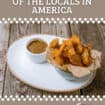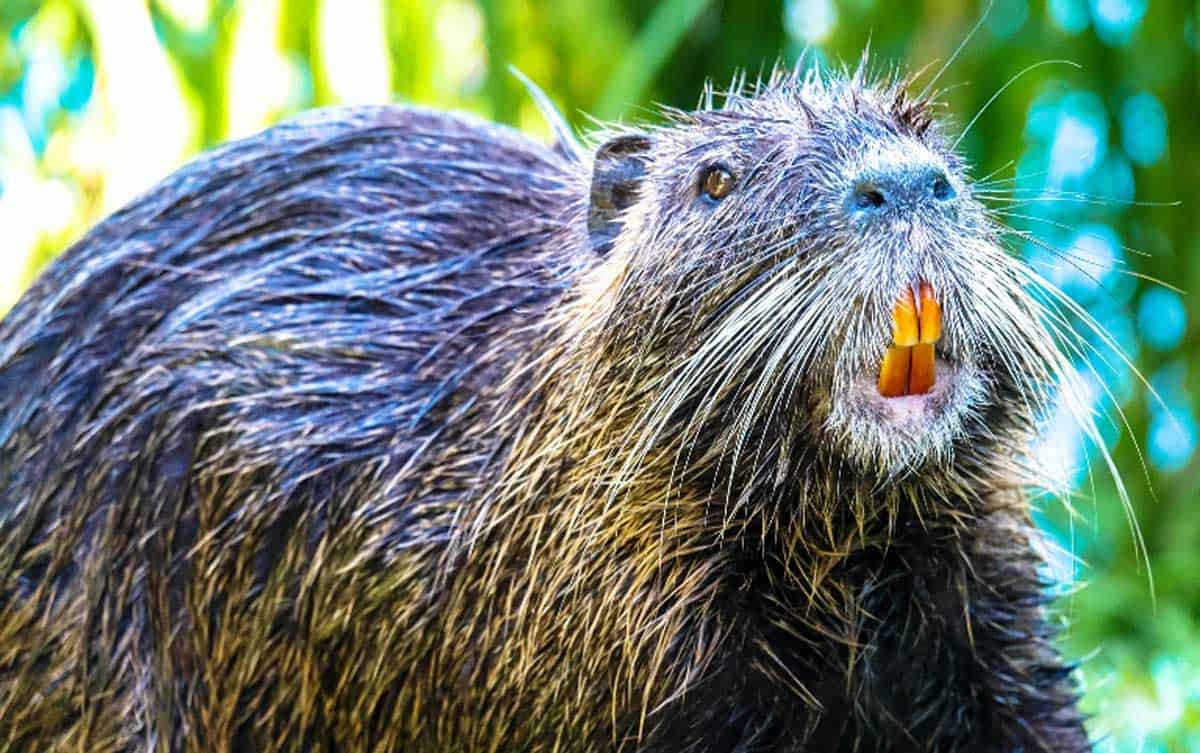
Sampling new foods as you go around the country can be a pleasurable and educational part of travel. Or it can offer a challenge.
That’s the case when diners confront home-grown favorite foods which ― for better or worse ― are popular in specific states or regions.
Earning bonafides by eating like the locals is a worthy goal, and can provide an introduction to one aspect of the culture of where you are. It also may give visitors pause when they learn what food they might be about to ingest.
How would you react when reading a restaurant menu that includes a brain sandwich, pickled pig’s feet or fried squirrel? These are examples of favorite fares in various parts of the country that might give pause to those arriving from elsewhere.
Cow brain sandwiches became a favorite food in St. Louis in the 1880s when the city’s stockyards were in their heyday, then the penchant for bovine brains spilled over into Indiana. Currently, pigs sometimes are substituted for their larger four-legged cousins.
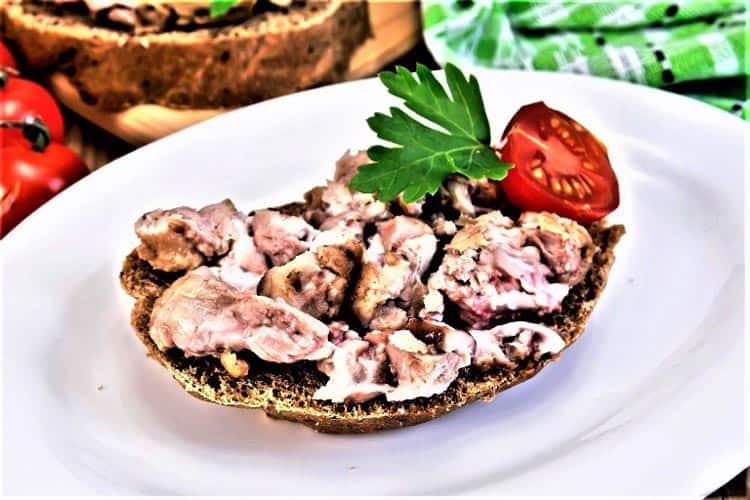
So Many Regional Dishes are Hard to Imagine Ever Ingesting
What may seem like other unlikely parts of pigs also show up on restaurant menus and dinner plates. Pickled pigs’ feet, primarily a southern delicacy, traditionally are salted, smoked and cured in vinegar and spices. This food is available in jars at some markets and in the past were even sold from ice cream trucks.
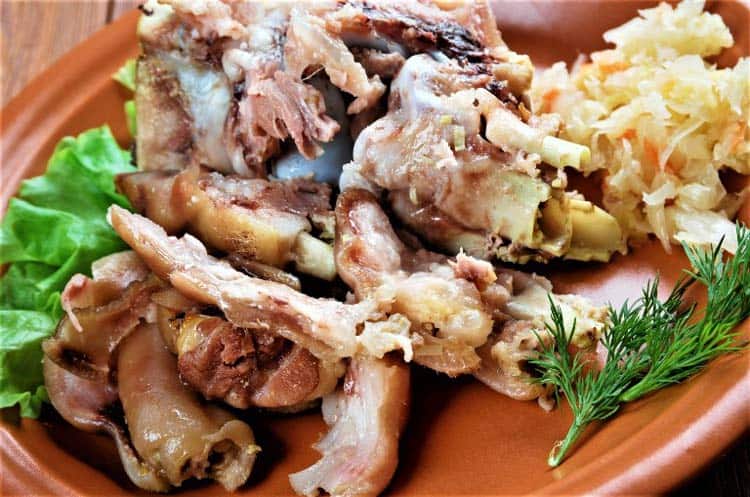
Chaudin is a southern Louisiana Cajun sausage consisting of pork, spices and vegetables that are sewn into a pig’s stomach. It’s often served over rice and smothered in gravy. When sliced, it resembles large pieces of sausage but be forewarned that if offered whole it looks like what it is: a stomach on a plate.
If you think this exhausts unusual food recipes for unusual parts of pigs, think again. The most popular way that pig ears are prepared in South Carolina is frying. The outer skin becomes crunchy while the inner cartilage is soft and chewy.
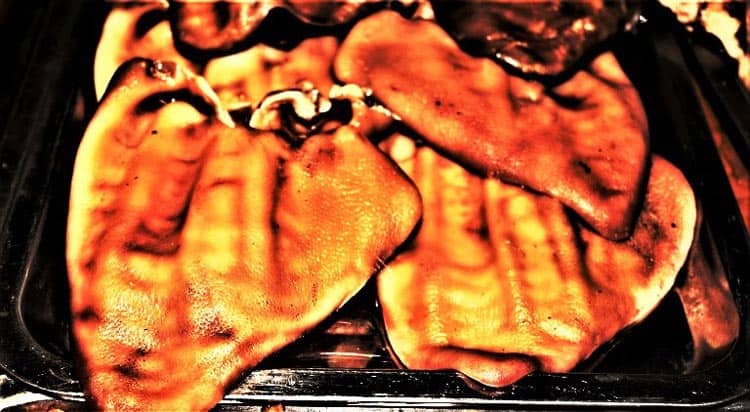
From Alaska to Vermont, St. Louis to South Carolina, Louisana to Colorado ― Unique Foods are a Specialty
Chitterlings are a euphemism for the small intestines of an oinker. They’re usually boiled or stewed, then topped with vinegar and hot sauce. The dish originated in the South during the 18th and 19th centuries and often was served to slaves while their owners dined on the best parts of the animals.
Early residents of Mid-Atlantic states were following the “waste not, want not” admonition when they turned the skin, heart, tongue and other body parts left over from butchering pigs into appropriately named scrapple. The meat is combined with cornmeal, flour and spices, then cooked and the resulting mush is refrigerated in a loaf pan. Later it’s sliced, pan-fried and often served at breakfast, sometimes with an egg, ketchup, jelly or other toppings.
Parts of animals that live in the wild also can be favorite foods. In Alaska. that means jellied moose nose. The upper jawbone is boiled in water several times, the hairs removed and onion, garlic and spices added. After cooking, a gelatinous substance remains which is chilled and eaten in slices.
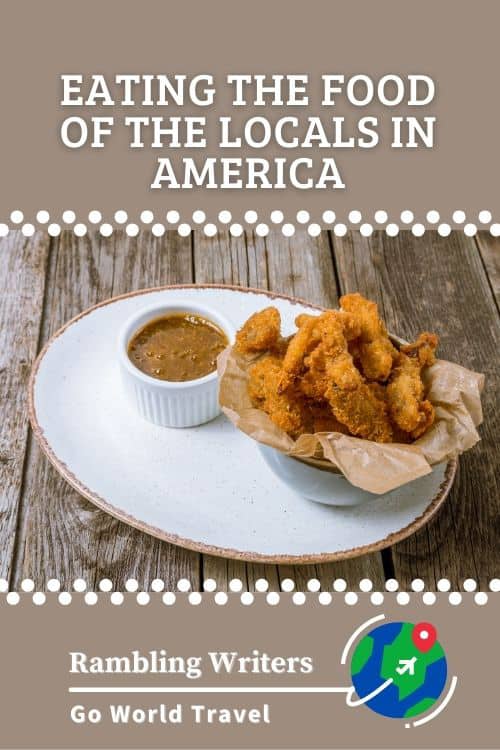
Somewhat further to the south, the misnamed Rocky Mountain Oysters, as many people know, have nothing to do with seafood. Rather, they’re the testicles of bulls that have been removed as part of normal veterinary practice. After being skinned, they’re usually coated in flour and deep-fried. Popular in Colorado and surrounding states, they’re served at some public venues and at festivals attended by ranching families.
Heading east to West Virginia, we arrive in fried squirrel country. Hunters used to bring home the varmints when they spotted nothing better through their gun sight, and the longing remains, they had to have food, after all. Frying is the preferred method of preparation.
A larger rodent, the nutria, was brought to this country from its native South American habitat for its fur. Some escaped to wetlands in Louisiana and nearby states where they thrive on favorite plant life. Also known as coypu and river rats, nutrias weigh about one-half as much as beavers. While the fury-covered yellow-toothed animals aren’t much to look at, fans of their meat tout its low-fat, high nutritional value and lack of gamey taste when served in soup, over salad, with pasta or in other ways.
One of the Major Pleasures of Travel is Sampling New Foods
Alligators also have their gastronomic fans, especially in Florida. Order “’gator tail” breaded and fried, kebob, in stew or mashed into a burger and you’ll truly be eating like a local. Lest the frightening appearance of the semiaquatic reptiles be a turnoff, know that their taste resembles somewhat rubbery chicken.
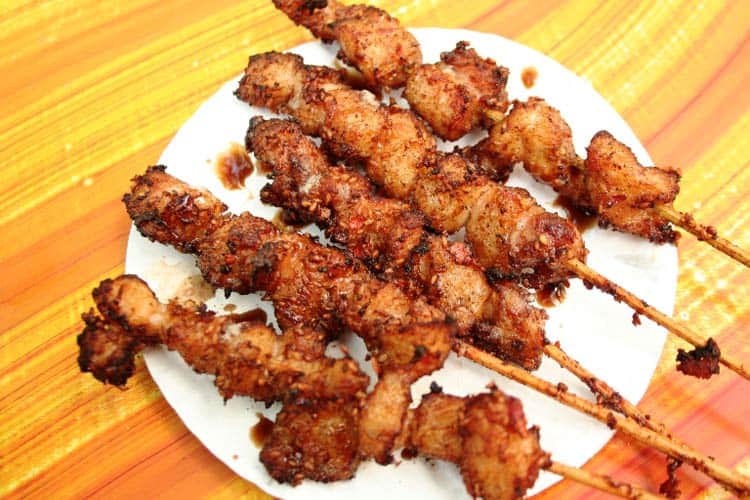
Those who like to follow their dinner with dessert also may select from unusual local alternatives. While you may not consider snow food, Vermonters have a differing opinion. If you visit Vermont during the winter maple sugaring season, you may be able to enjoy a bowl of newly fallen snow, covered in fresh-from-a-tree syrup. Some churches and other groups throw maple-sugar-on-snow dinners in which the featured course in some cases, for some reason, is accompanied by a pickle.
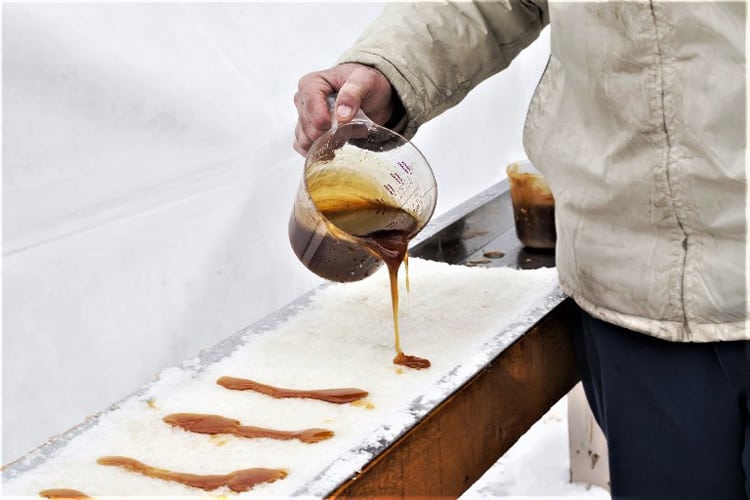
Ice cream is a more traditional dessert. The potato is the official state vegetable of Idaho. Therefore, it isn’t surprising that imaginative chefs there came up with an ice cream potato. Actually, it’s a mound of vanilla ice cream which is molded into the shape of a spud, then dusted with cocoa powder to add a brown tint. Add whipped cream and other toppings which have been crafted to resemble butter and perhaps gravy, and voila: an ice cream potato. Scarf it down and you could pass for a true Idahoan.
If you get a chance, you should try all these foods in your travels.
- Broward County, Florida: When the Winter Sun Hides Behind a Cloud - April 16, 2024
- Nature is Neat in Broward County, Florida - April 1, 2024
- Margaritaville: A Time-Honored Memorial to Jimmy Buffett - March 15, 2024

